Winter in the Midwest can be harsh, with temperatures often plunging well below freezing. If you own a vacant property in this region, it’s crucial to keep the heat on during the winter months. Here’s why:
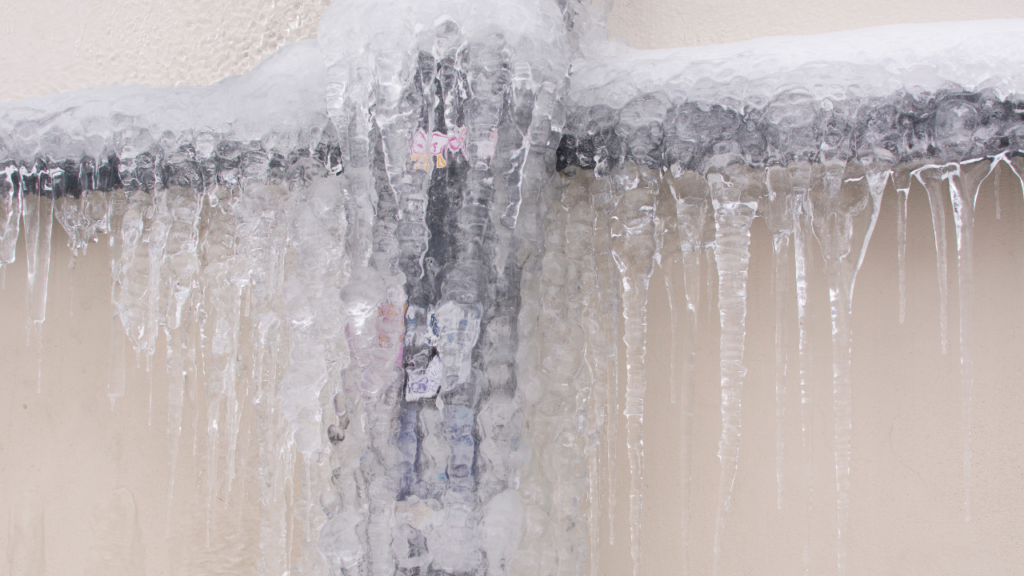
1. Preventing Frozen Pipes
One of the most significant risks of leaving a property unheated is the potential for frozen pipes. When water in the pipes freezes, it expands, which can cause the pipes to burst. Keeping the heat on at a minimum of 55°F helps ensure that the pipes remain above freezing temperature.
Pipes can burst regardless of the material, and each type has its own drawbacks. Copper pipes are prone to bursting because they are rigid and can become brittle in freezing temperatures, leading to cracks when water inside them freezes and expands. PEX pipes, while more flexible and resistant to freezing, can still burst if they are not properly installed or if they are exposed to UV light, which can degrade the material over time. CPVC pipes are susceptible to becoming brittle with age and exposure to certain chemicals, increasing the risk of leaks and breaks.
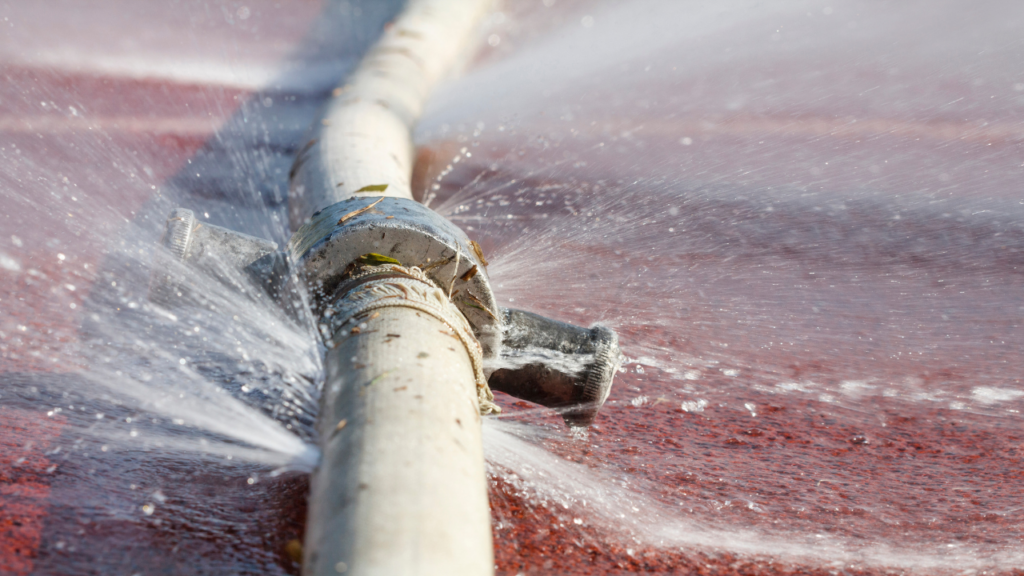
Even when maintaining a home at 55°F, it’s crucial to ensure that warm air circulates into the walls and under cabinets. These areas are often more susceptible to cold spots, which can lead to frozen pipes and other issues. Warm air helps prevent the formation of condensation, which can cause mold and mildew. Ensuring proper airflow can be achieved by opening cabinet doors and allowing heat to reach plumbing fixtures. Additionally, using fans to circulate air can help distribute warmth evenly throughout the home, reducing the risk of cold spots and ensuring the entire property remains protected from the harsh winter temperatures.
Alternatively, raising the temperature to around 68°F is generally considered sufficient to keep most areas of a home warm without the need for additional fans. This temperature helps ensure that warm air reaches all parts of the house, including walls and under cabinets, reducing the risk of cold spots and frozen pipes.
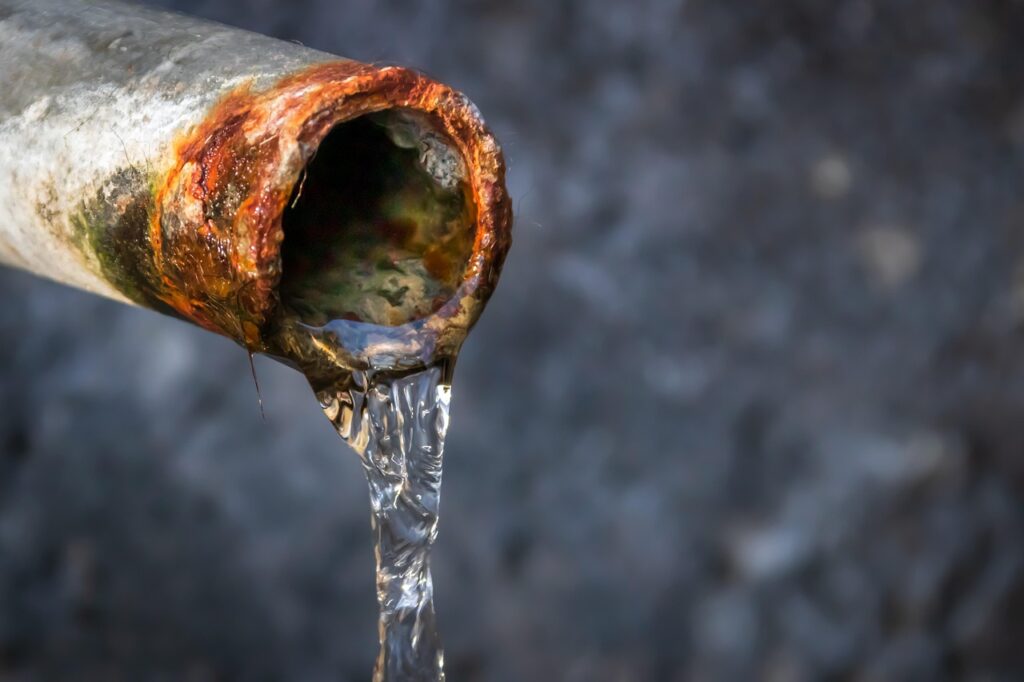
2. Avoiding Water Damage
Frozen pipes themselves are not the true problem; the real issue arises when temperatures rise and the ice within the pipes begins to thaw. As the water starts to flow again, any cracks or breaks caused by the expansion of frozen water become apparent, leading to leaks and potentially significant water damage. This can result in flooding, structural damage, and mold growth, which are costly and time-consuming to repair. Therefore, it’s crucial to take preventive measures to avoid frozen pipes and to be vigilant when temperatures fluctuate to catch any issues early.
Frozen pipes aren’t the only concern. Without heat, condensation can build up, leading to dampness and mold growth. This can damage walls, floors, and ceilings, and create an unhealthy environment. Maintaining a consistent temperature helps prevent these issues.
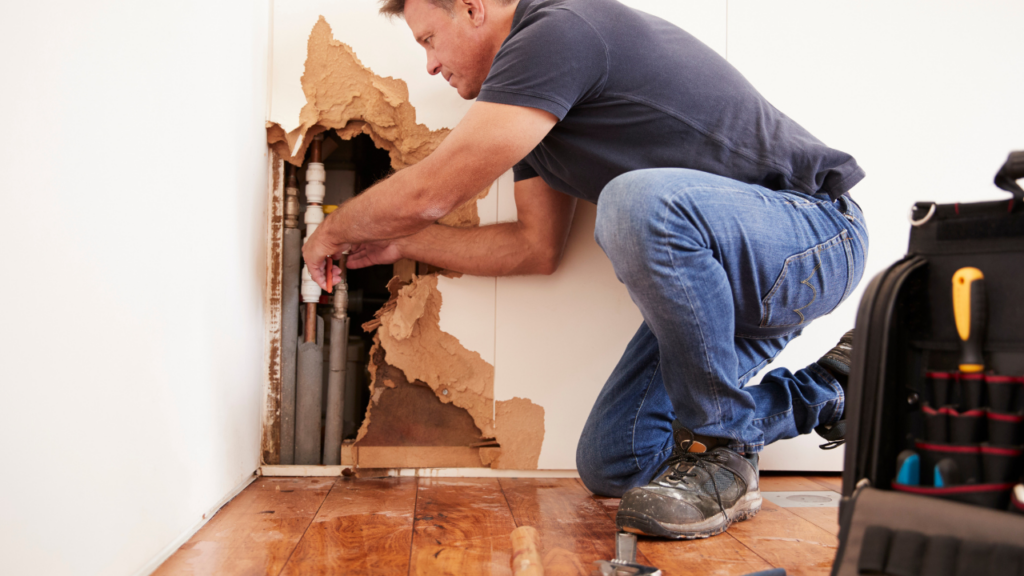
3. Maintaining Structural Integrity
Cold temperatures can have a significant impact on materials like wood and plaster walls (which are very common building materials used in older homes in Cleveland), affecting the structural integrity of a property. When temperatures drop, wood and plaster can contract, leading to the formation of cracks and gaps. These cracks not only compromise the aesthetic appeal of the walls but can also allow cold air to seep in, further exacerbating the problem. Additionally, if moisture is present, it can freeze within the plaster, causing it to expand and potentially leading to more severe damage. Over time, repeated freeze-thaw cycles can weaken the structural integrity of the plaster, making it more prone to crumbling and deterioration. Proper insulation and maintaining a consistent indoor temperature are essential to protect the structure from the adverse effects of cold weather.
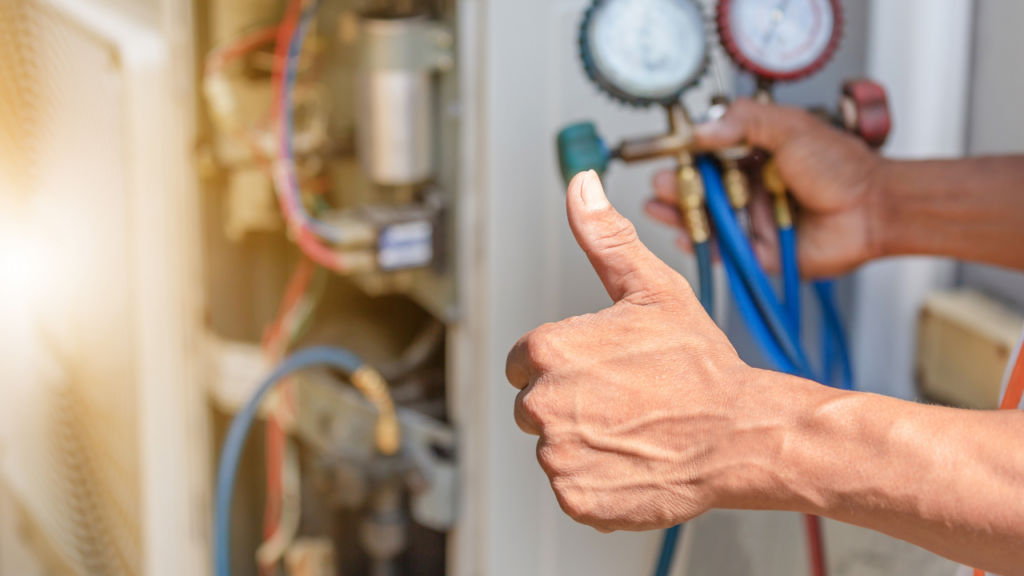
4. Energy Efficiency and Cost Savings
While it might seem counterintuitive, keeping the heat on can actually save money in the long run. The average cost of heating a home in Ohio during the winter can vary based on several factors, including the type of heating system and the size of the home. According to a recent blog by ohenergyratings.com, on average, Ohio households spend around $160.61 per month on natural gas heating. For electric heating systems, monthly costs can range from $4.23 to $19, depending on the system’s efficiency and the home’s size. Repairing damage from frozen pipes or mold can be far more expensive than the cost of maintaining a low level of heat.
Maintaining heat at a steady temperature is more efficient than drastically lowering and raising it because it reduces the workload on your heating system. When you frequently adjust the thermostat, the system has to work harder to reach the desired temperature, consuming more energy in the process. A consistent temperature minimizes these fluctuations, leading to more stable energy use and lower overall heating costs. Additionally, it helps maintain a comfortable indoor environment if perhaps you are showing a property for rent and reduces wear and tear on your heating equipment, extending its lifespan.
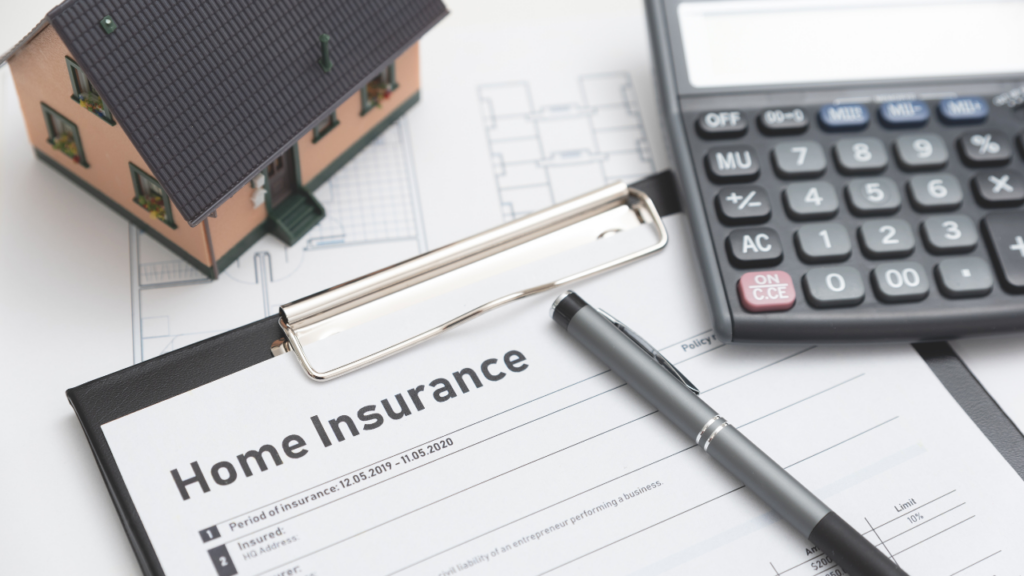
5. Insurance Requirements
Many insurance policies require that vacant properties be maintained at a certain temperature to remain covered. Failing to keep the heat on could result in denied claims if damage occurs. Always check with your insurance provider to understand their requirements.

6. Peace of Mind
Knowing that your property is protected from the elements provides peace of mind. You won’t have to worry about unexpected repairs or damage, allowing you to focus on other priorities.
By taking these steps, you can protect your vacant property from the harsh Midwest winter and avoid costly repairs. Keeping the heat on is a small investment that can save you a lot of trouble in the long run.
Learn more about our property management services and how to keep your property profitable.


